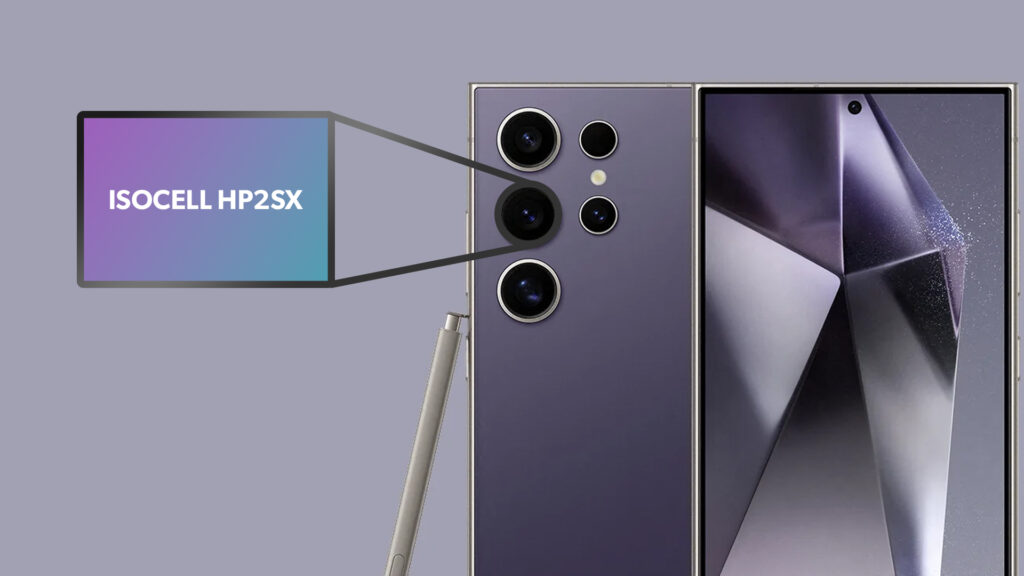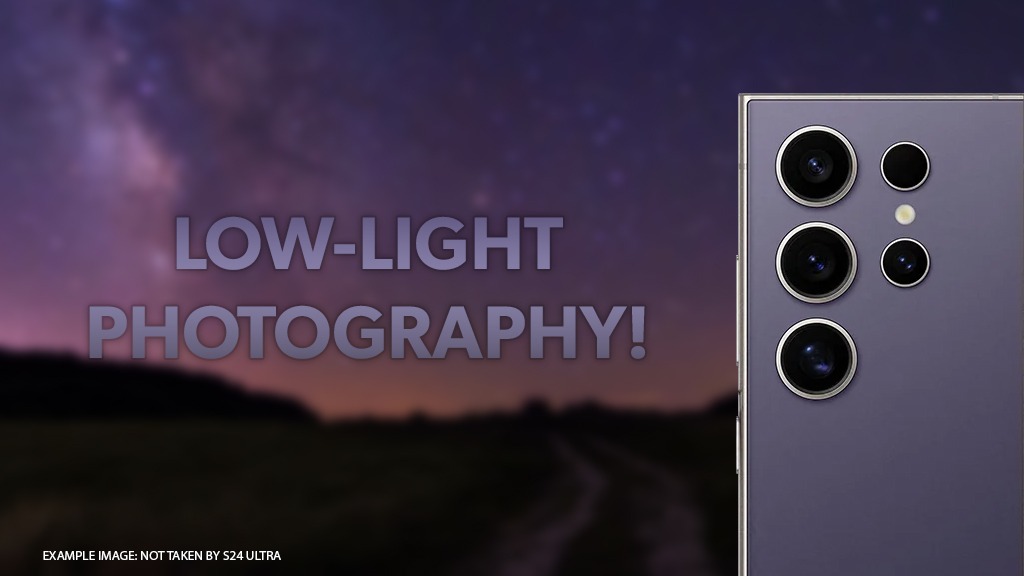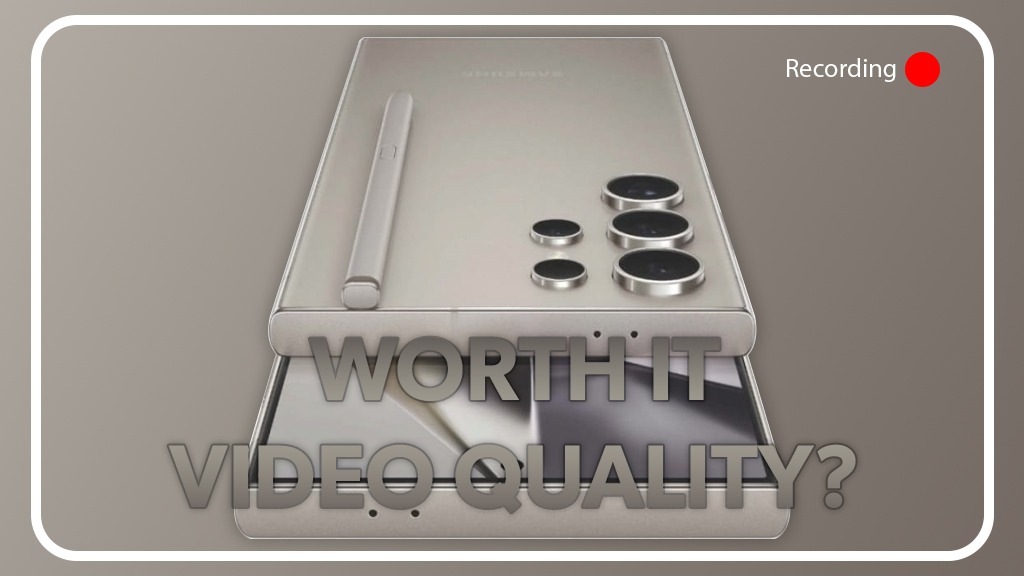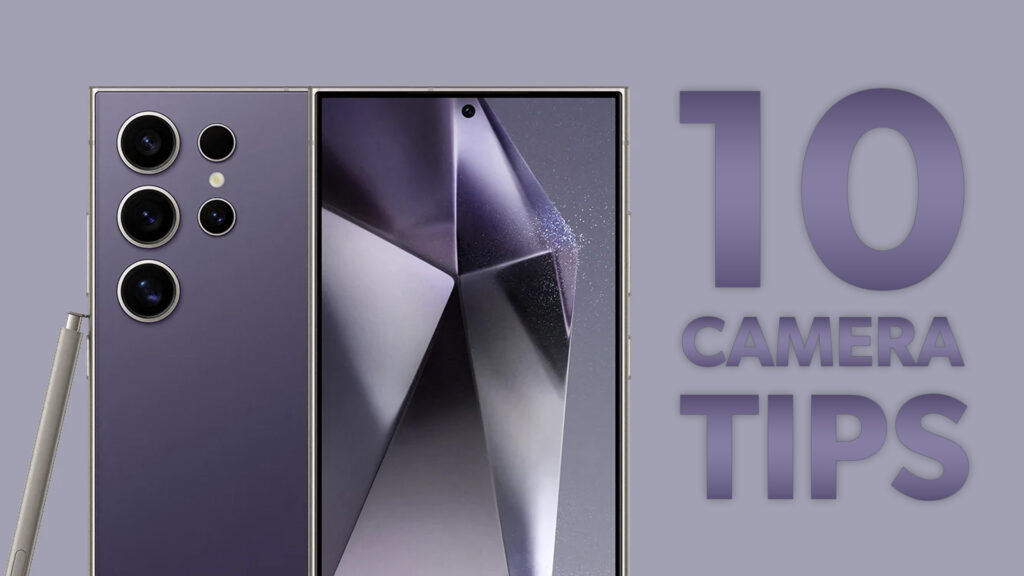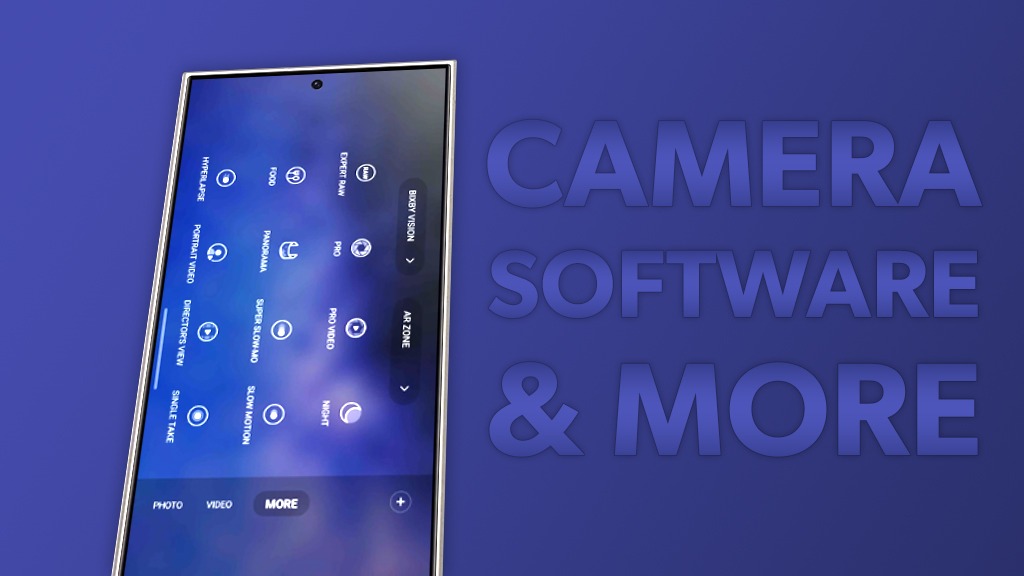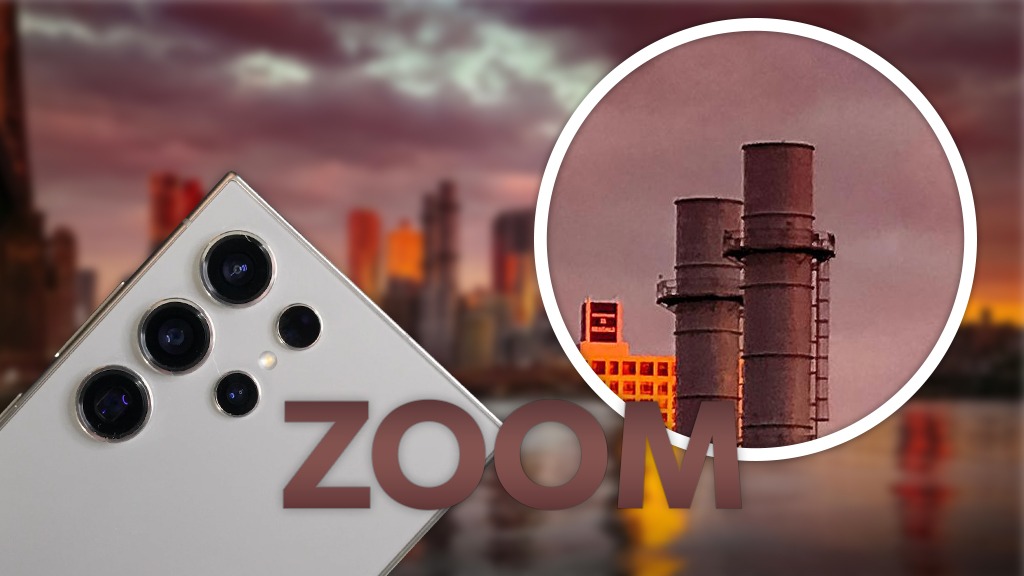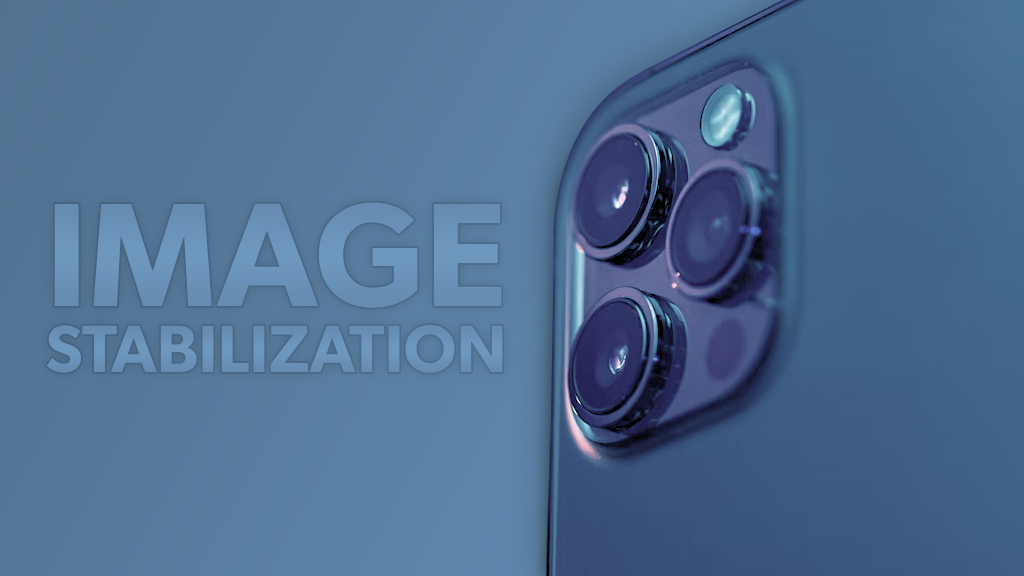Introduction
Introducing the Samsung Galaxy S24 Ultra: the crown jewel of innovation in the realm of smartphones. Picture this: a device that not only captures moments but elevates them to unforgettable memories. But what makes this device truly stand out? It’s the fusion of art and science, seamlessly integrated into every aspect of its camera system. With cutting-edge sensors and innovative algorithms working in harmony, the S24 Ultra transforms ordinary scenes into extraordinary portraits and landscapes.
Key Takeaways
- Innovative Imaging Technology: The Samsung Galaxy S24 Ultra boasts cutting-edge imaging technology, with features like the ISOCELL HP2SX sensor, Tetra²pixel technology, and Super QPD autofocus, ensuring unparalleled image quality and performance.
- Advanced Signal Processing: Samsung’s D-VTG technology enhances image quality by improving signal transfer efficiency and increasing the full well capacity of photodiodes in image sensors. This leads to better color reproduction, finer details, and overall improved image quality, especially in bright light conditions.
- Enhanced Video Capabilities: The Galaxy S24 Ultra isn’t just a powerhouse for still photography; it also excels in video recording. With high frame rates, 8K video recording capabilities, and innovative sensor technology, users can capture every moment with breathtaking clarity and detail, further expanding the device’s versatility and appeal.
The Samsung Galaxy S24 Ultra was released in early 2024, bringing in top of the line specs with interesting features such as AI (Artificial Intelligence).
The Power of Pixels: ISOCELL HP2 & HP2SX
At the core of the Galaxy S24 Ultra’s imaging prowess lies the ISOCELL HP2SX sensor. It is an upgraded version of ISOCELL HP2 we saw in S23 Ultra. It works on the same principles as the ISOCELL HP2 but better.
We do not have updated information on the ISOCELL HP2SX, so we are going to discuss the ISOCELL HP2 to understand its potential.
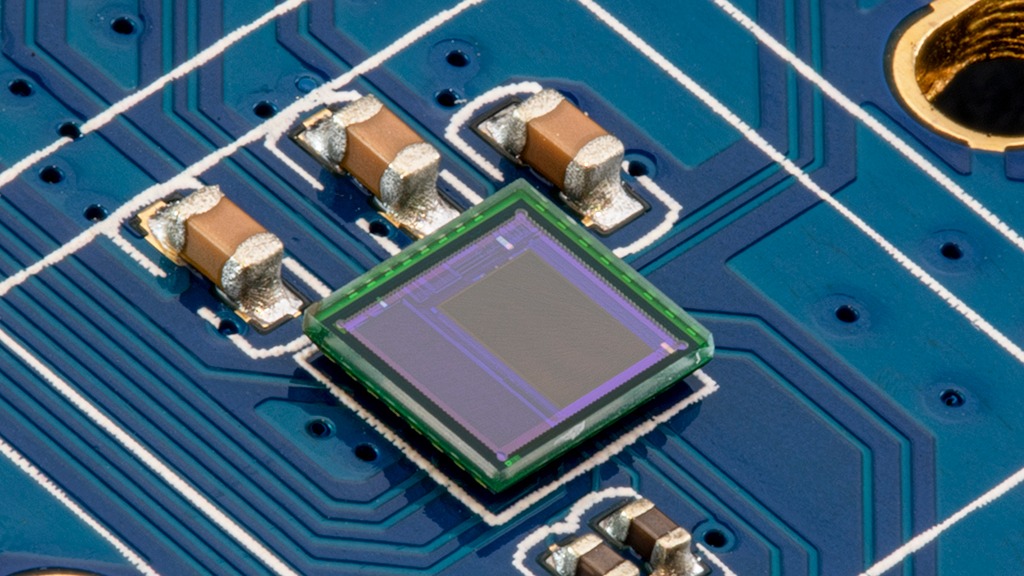
Credit: WikiMedia
With an astounding resolution of 200 million pixels, this sensor captures beyond professional-level photos with every shot, ensuring epic details that truly tell a story. But what sets the ISOCELL HP2 apart? It’s the clever algorithmic techniques to make things look stunning.
Check details about ISOCELL HP2 at Samsung.
D-VTG Technology
Let’s break down Samsung’s Dual Vertical Transfer Gate (D-VTG) technology and its benefits:
- Enhanced Color and Detail: D-VTG technology is designed to improve the appearance of colors and details in images displayed on Samsung’s screens, particularly in bright conditions. This means that even when viewing content outdoors or in well-lit environments, users can expect better color reproduction and finer details in the images displayed.
- Signal Transfer Efficiency: In traditional image sensor technologies, a single transfer gate per photodiode is commonly used to transfer the electrical charge generated by light photons to the sensor’s readout circuitry. However, D-VTG technology utilizes two transfer gates per photodiode, which enhances the efficiency of this signal transfer process. This means that more of the light-generated electrical charge is accurately captured and transferred for processing, leading to improved image quality.
- Increased Full Well Capacity: The full well capacity of a photodiode refers to the maximum amount of charge it can hold before saturating. By employing two transfer gates per photodiode, D-VTG technology increases the full well capacity significantly compared to traditional single-transfer-gate designs. This allows each pixel to absorb and store a greater amount of electrons generated by incoming light, which is essential for accurately capturing details, especially in bright scenes.
- 33% More Electrons: With D-VTG technology, each pixel can absorb 33% more electrons compared to conventional single-transfer-gate designs. This increase in electron absorption further contributes to improved color reproduction and detail preservation, particularly in challenging lighting conditions where accurate signal capture is crucial for maintaining image fidelity.
In summary, Samsung’s D-VTG technology enhances image quality by improving signal transfer efficiency and increasing the full well capacity of photodiodes in image sensors. This results in better color reproduction, finer details, and overall improved image quality, especially in bright light conditions.
Visit Samsung for more details.
Tetra²pixel Technology
- Pixel Optimization for Different Light Conditions: Tetra²pixel technology is crafted to optimize the pixel array of the ISOCELL HP2 sensor based on varying light conditions. This means that the sensor can adapt dynamically to different levels of illumination, ensuring optimal performance regardless of brightness.
- Pixel Binning: In low-light conditions, the sensor employs a technique called pixel binning. Pixel binning involves consolidating the electrical signals from adjacent pixels into a single output, effectively increasing the effective size of each pixel. With Tetra²pixel technology, neighboring pixels are fused automatically as light diminishes, forming larger virtual pixels.
- Variable Pixel Sizes: The merged pixels can operate at different sizes depending on the degree of dimness in the environment. Specifically, they can function as either 1.2µm-sized pixels or even larger 2.4µm-sized pixels (1µm is 1 millionth of a meter).
This flexibility allows the sensor to maximize light sensitivity in low-light situations, capturing more light per pixel and improving the overall brightness of the image. - Improved Low-Light Performance: By increasing the effective size of the pixels through pixel binning, Tetra²pixel technology significantly boosts the sensor’s sensitivity to light in low-light conditions. This results in clearer, brighter images with reduced noise levels, as more light is captured and processed by the sensor’s pixels.
- Noise Reduction: One of the key benefits of Tetra²pixel technology is its ability to produce low-light images with less noise. By capturing more light per pixel and combining the signals from multiple pixels, the sensor can generate images with an improved signal-to-noise ratio, resulting in cleaner and more detailed photographs even in challenging lighting environments.
In summary, Tetra²pixel technology in the ISOCELL HP2 image sensor enables dynamic pixel optimization for different lighting conditions, employing pixel binning to increase light sensitivity and reduce noise in low-light situations. This leads to clearer, brighter, and more detailed images, enhancing the overall imaging performance of devices equipped with this technology.
Super QPD (Quad Pixel Phase Detection)
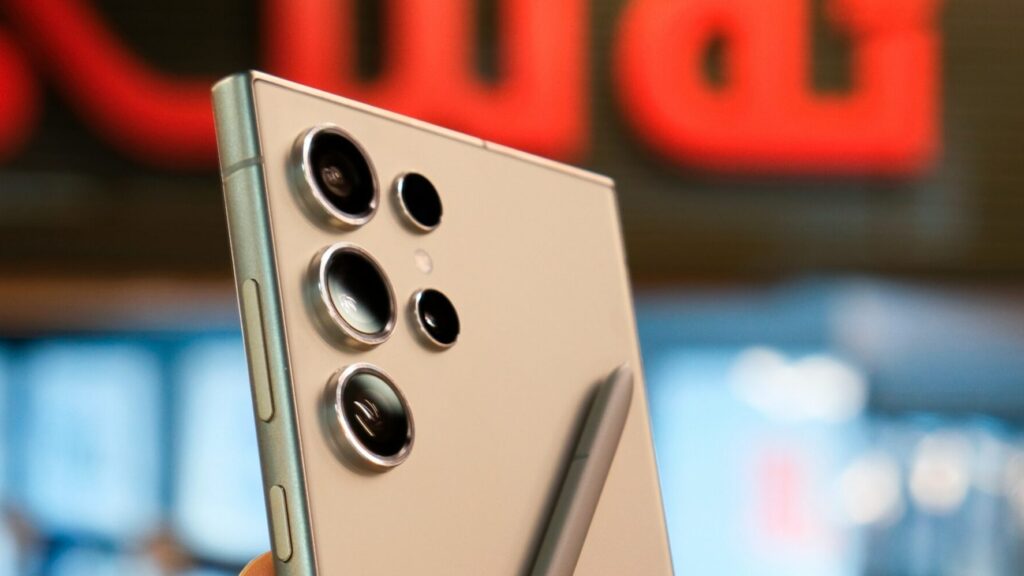
Super QPD (Quad Pixel Phase Detection) technology is a significant advancement in autofocus capabilities. Instead of traditional autofocus systems where only specific pixels are dedicated to autofocus, every pixel in the ISOCELL HP2 sensor is equipped to detect autofocus information.
Micro-lenses are strategically positioned to cover groups of four adjacent autofocus pixels. This arrangement enables the sensor to detect movement in both horizontal and vertical directions, ensuring comprehensive coverage for tracking moving objects.
This innovative technology results in improved autofocus speed and accuracy. By utilizing every pixel for autofocus detection and employing micro-lenses to cover pixel groups, the ISOCELL HP2 sensor achieves swift and precise focusing capabilities.
It can quickly analyze changes in the scene and adjust focus accordingly, ensuring accurate tracking of moving subjects.
With Super QPD technology, users can confidently capture fast-moving subjects, whether it is wildlife photography, or any dynamic scenario. The sensor’s ability to rapidly and accurately focus ensures that users capture sharp and well-focused images, even in challenging shooting conditions.
In summary, Super QPD technology revolutionizes autofocus capabilities by enabling every pixel to detect autofocus information and employing micro-lenses to cover pixel groups. This results in improved autofocus speed and accuracy, allowing users to capture sharp images of moving subjects with confidence.
Optimal Exposure

Samsung’s commitment to delivering stunning images extends beyond just resolution. With Dual Slope Gain Technology and Smart-ISO Pro, the Galaxy S24 Ultra captures images bursting with colors and details, from highlight to shadow.
Dual Slope Gain Technology
The key feature of this technology is the implementation of a dual slope gain mechanism within the ISOCELL HP2 sensor in S23 Ultra and ISOCELL HP2SX in S24 Ultra. This mechanism adjusts the gain of the sensor’s pixels based on the intensity of the incoming light.
By utilizing dual slopes, the sensor can accurately capture both high and low-intensity light, resulting in images with a wider dynamic range.
This innovative technology creates images and videos with vibrant colors and reduced motion blur. By utilizing a dual slope gain, the ISOCELL HP2 can create HDR images as high as 50MP. This ensures every hue is richly detailed, even in challenging lighting conditions.
Smart-ISO Pro
Smart-ISO Pro collaborates with Dual Slope Gain Technology to optimize exposure levels for each shot.
While Dual Slope Gain adjusts the sensor’s gain based on light intensity, Smart-ISO Pro dynamically tunes ISO levels, ensuring optimal exposure regardless of lighting conditions.
Dynamic ISO adjustment
A standout feature of Smart-ISO Pro is its capacity to dynamically adapt ISO levels according to the scene’s characteristics. ISO, governing the camera sensor’s light sensitivity, is intelligently managed in real-time to strike a balance between brightness and detail.
Noise Reduction
Smart-ISO Pro excels in minimizing noise while enhancing detail in images and videos. Noise, unwanted graininess or speckles particularly prevalent in low-light situations, is effectively mitigated through dynamic ISO adjustments, resulting in clearer and visually captivating content.
Reduced Shutter Lag
With a frame rate of 15fps at full 200MP resolution and 30fps at 50MP resolution, the Galaxy S24 Ultra ensures smooth and detailed experience when capturing images and reduced shutter lag.
But what is FPS? FPS stands for frames per second. In this scenario, you can capture 15 photos in one second at 200MP resolution.
Pixel combining
During 8K video recording, the ISOCELL HP2 sensor employs a technique known as pixel combining. In this process, four adjacent pixels on the sensor are automatically merged into one, effectively increasing the sensor’s pixel size and improving light sensitivity.
As a result, users can capture wider angles and more immersive footage, allowing them to encompass larger scenes and capture more details in each frame.
The wider angles captured with pixel combining result in a greater sense of depth and perspective, allowing viewers to feel like they’re right in the middle of the action.
Conclusion
In conclusion, the Samsung Galaxy S24 Ultra’s imaging technology represents a significant advancement in smartphone photography. From the groundbreaking upgrade from ISOCELL HP2 to ISOCELL HP2SX sensor to innovative features like Super QPD and Smart-ISO Pro, every aspect of the S24 Ultra’s camera system is designed to deliver unparalleled image quality and performance. With this device in hand, you’ll capture moments and create memories that last a lifetime.
Note: Any verdict given by us on any of the companies, or specs of a device is subjective. Our preferences can be different from yours, so be sure to conduct your own research to make a decision that is good for you.
Frequently Asked Questions (FAQs)
Phonesaaz aims to guide users toward making informed purchase decisions by offering clear, jargon-free insights. It covers product comparisons, reviews, and targeted guides to address specific aspects of smartphone use.
